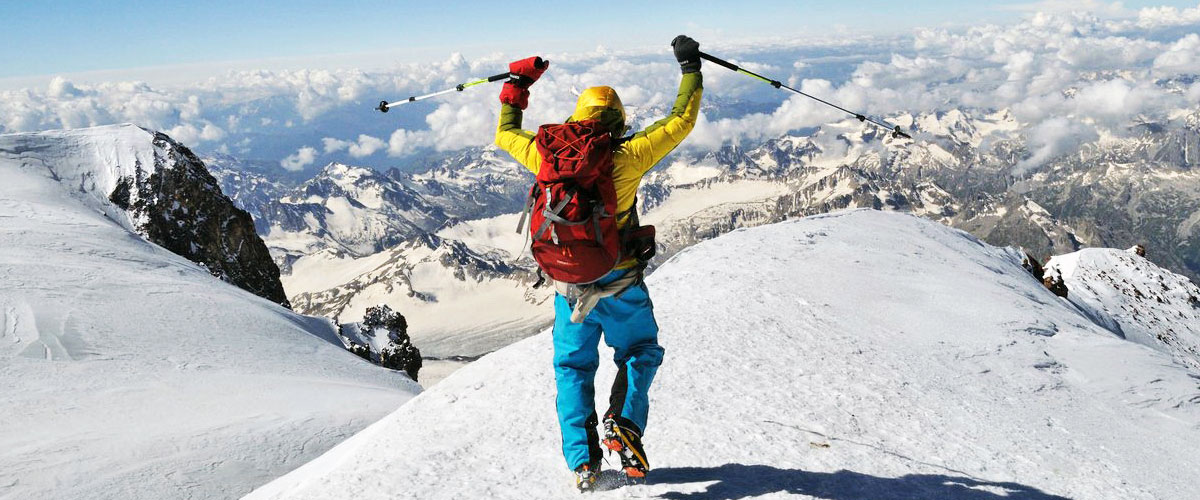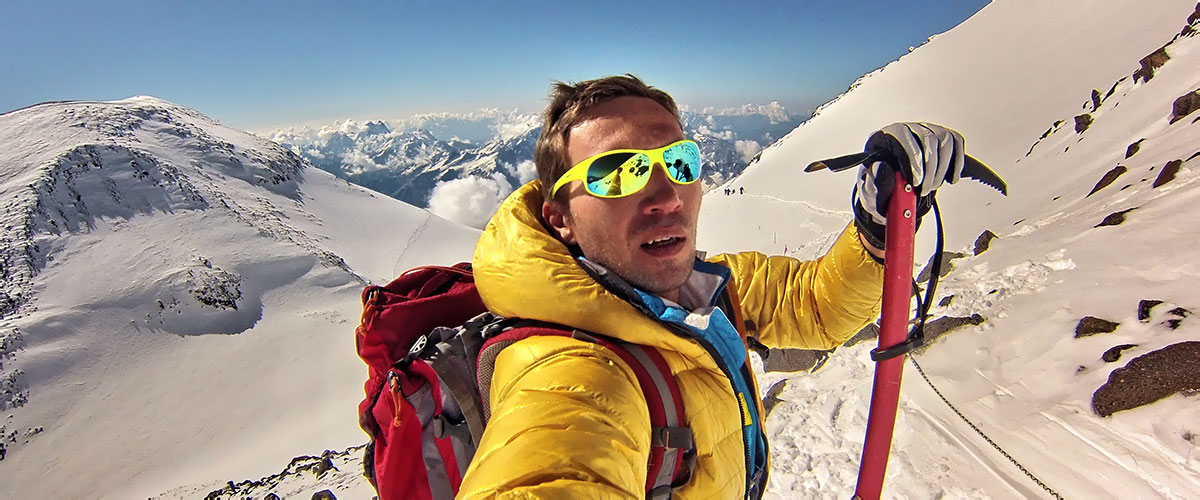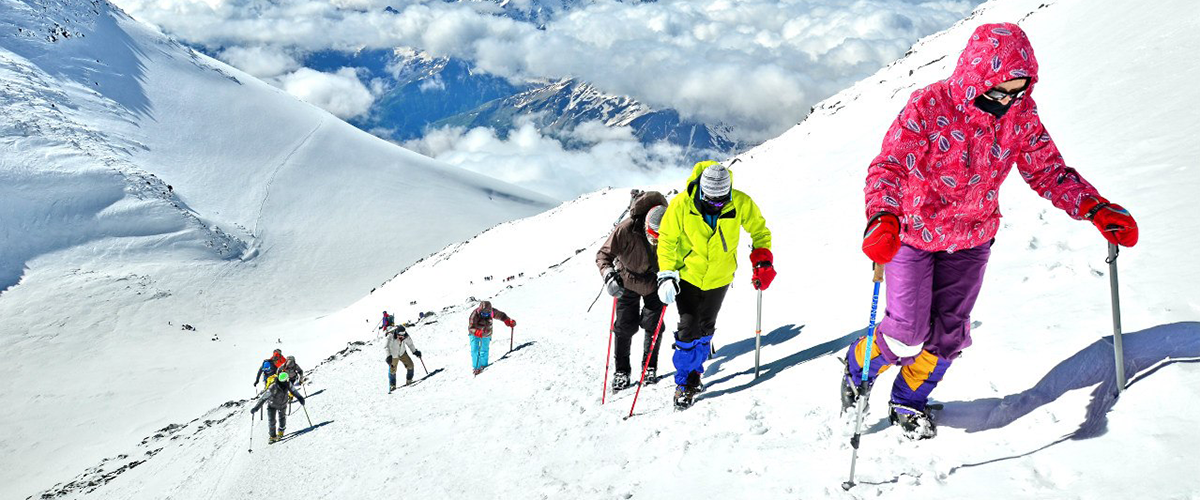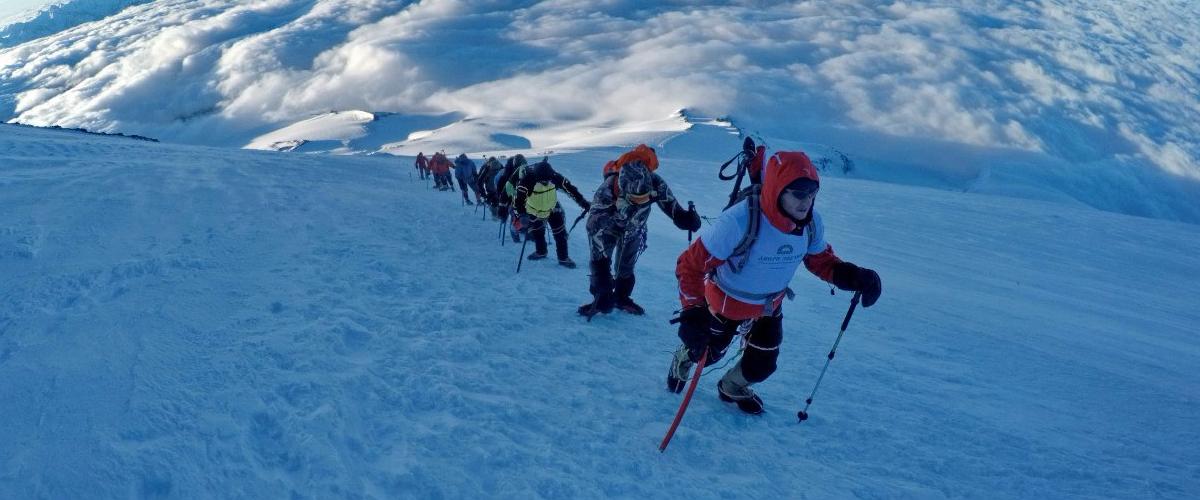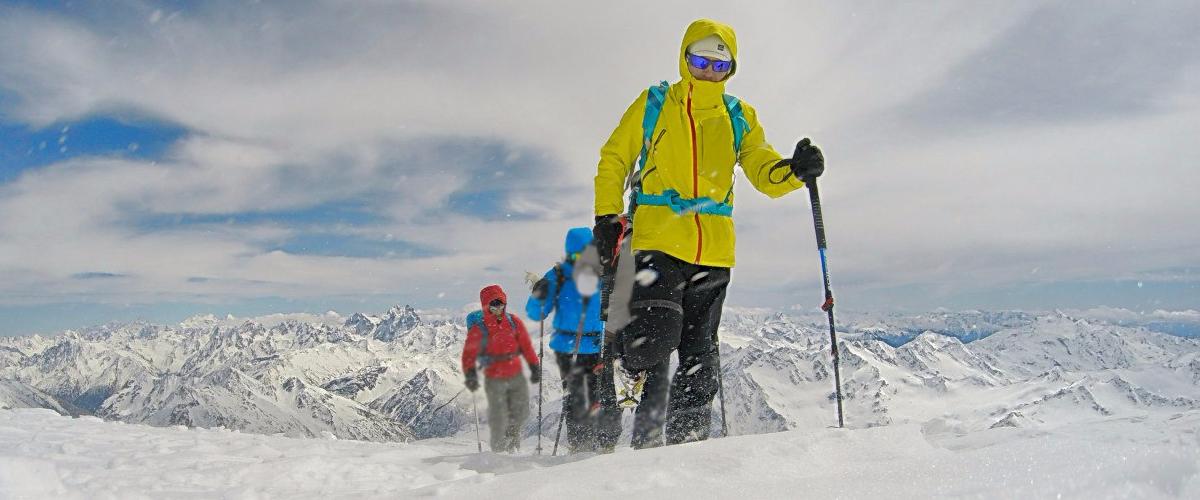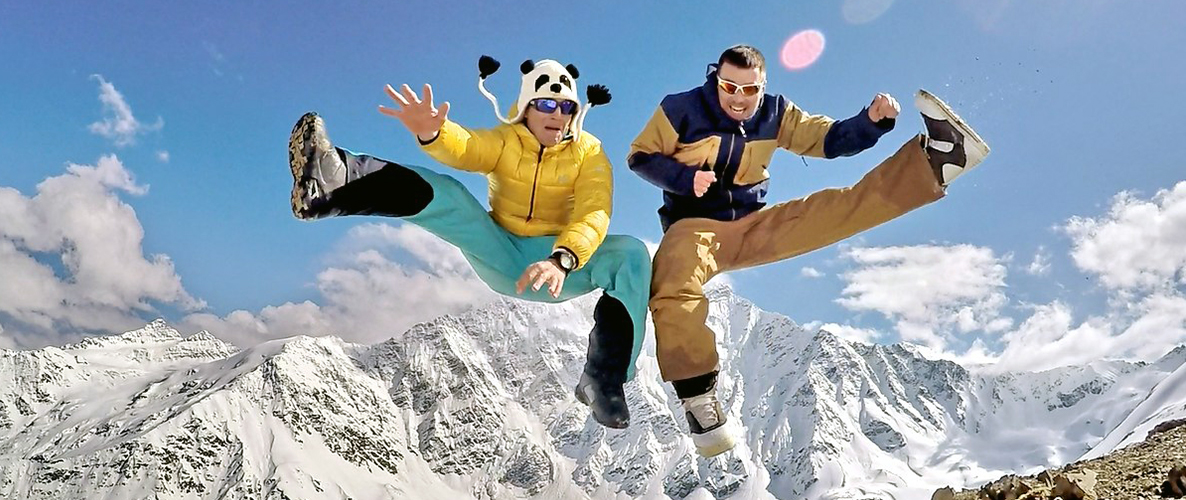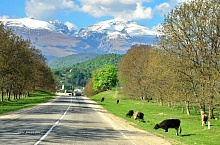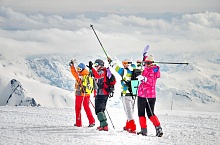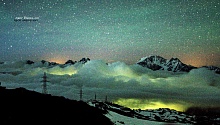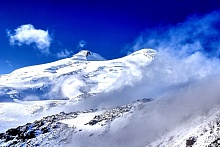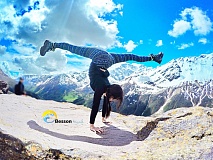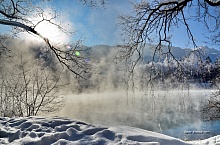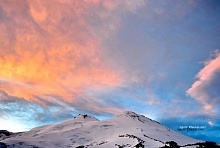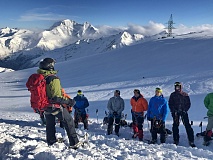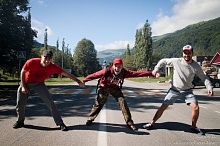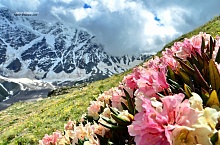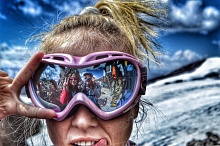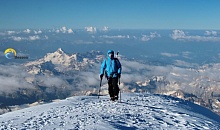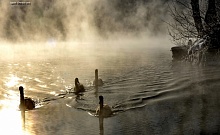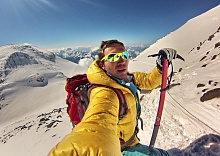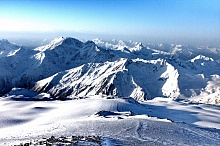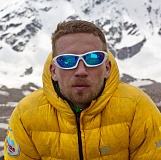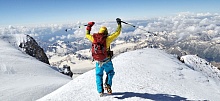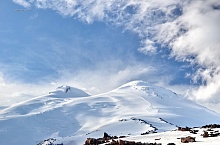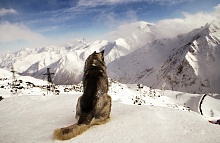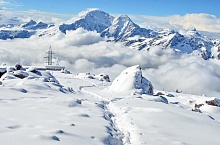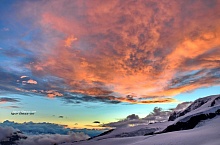PHARMACY FOR EXTREME TOURISM
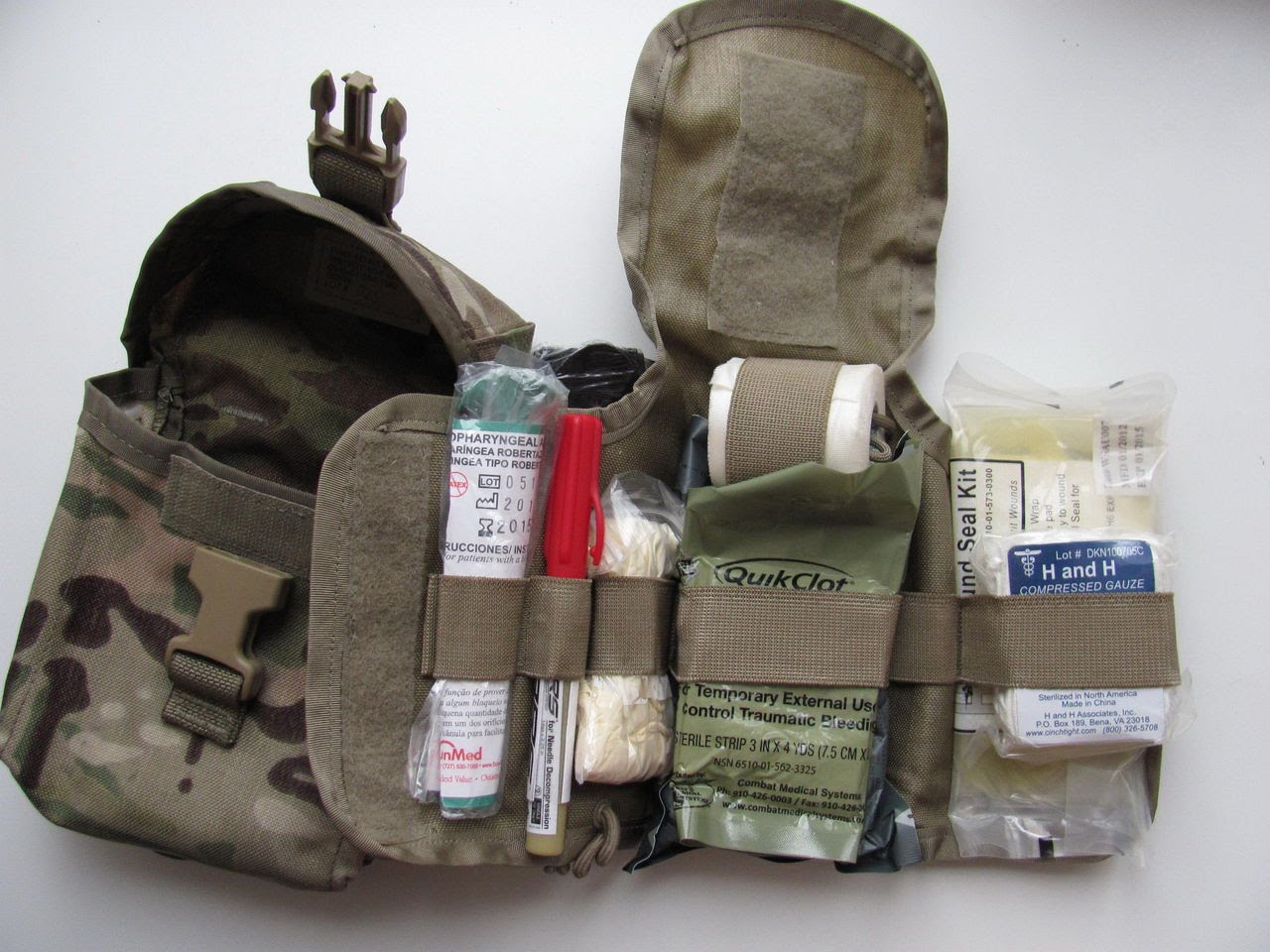
First Aid Kit for extreme tourism
Dexamethasone (as well as dexone, hydrocortisone, etc.) is a corticosteroid. Its a drug of the adrenal cortex group. After one or two doses stimulates the production of adrenaline in the body. Its an excellent anti-shock thing. I think dexamethasone is the best stop a shock, which has proven itself in extreme situations. When is it necessary to use corticosteroids in extreme medicine? The indications will be all cases of severe shock, bleeding, cardiovascular failure. Also freezing and supercooling. How to determine that you need to use corticosteroids? In the case when the pulse rate is more than 100 beats per minute, and the pressure is less than 100 mm of mercury. The pulse on the wrist of the victim will not be detected or will be felt with difficulty. In the case when the victim got multiple fractures and injuries. Taking just pain medications alone in severe and combined injuries does not help the heart work and the pressure can be significantly reduced. It will lead to deterioration and even death. In the case of severe bleeding, both external and internal, one of the signs of which will be a similar increase in the pulse and lowering blood pressure. In the case of lightning strikes, supercooling and freezing. Hormones of the adrenal cortex in this case will act as a stimulant of cardiac activity and increase the chances of the survival. Hormones of the adrenal cortex are introduced in the case of pulmonary edema - severe heart failure, often found in high altitude mountaineering. No contraindications and you can't get used to them after 1-2 doses, but the effect of using these drugs is very good!
Diuretics in ampoules (Lasix, Diakarb) are also always in my extreme medicine chest. In any closed and open trauma, concussion and bruise of the brain, fracture of the skull base is always increased intracranial pressure. A rise in pressure in the enclosed space, which will be the skull, is fraught with serious complications to the death of the victim due to the wedging of the cerebellum into the posterior cranial fossa. Diuretics reduce intracranial pressure, and thereby reduce the risk of serious complications. How to determine the presence of craniocerebral injury? A blow to the face or the entire head, accompanied by even a brief loss of consciousness, nausea or vomiting, loss of orientation or memory (especially events that preceded trauma), and loss of consciousness (coma). All of it indicates the craniocerebral trauma.
In case of any craniocerebral trauma, in addition to diuretics I advise to use any sedative, because in a dream the trauma will act less destructively on the subtle structures of the brain, especially the departments with conscious activity. In my practice there was a case when the role of sedative drug was performed by simple diphenhydramine in solution, which I had to inject into the affected mountaineer from Moscow region. We were on the 5A category route on the top of Tyutyu-Bashi . He had a heavy cranial - brain trauma: fracture of the base of the skull. The severity of the injury was then complicated by the almost complete detachment of his left cheek. It was necessary to "sew" in place "Paradise" nights under local anesthesia. The victim was in an extremely excited state, he tried to get out, swore and even fought hard. And if I didn't prick small doses of diphenhydramine every half hour, the rescue team could hardly have dragged him into the stretcher on glacier to the road to the Adyrsu gorge where the bus was waiting for us. Therefore I believe that it does not really matter what kind of sedative to use. Most of the drugs in this group you can't buy without prescription. Use Diphenhydramine or Suprastinum which are antiallergic drugs that have a good hypnotic and soothing effect. It is, of course, about ampoules for injections. And one more small addition: apply a cold to a victim's head while transportation. The decrease in the temperature of the head tissues protects the brain from trauma and increases the chance of restoring the brain structures after recovery. It is possible to use hypothermic packages from car kits. Apply them to the temples or to injury site in order to mitigate the consequences of craniocerebral trauma. If there are no packages, use a simple plastic bottle with water from a stream or put a snow in a plastic bag. When edema of the lung (acute heart failure) the stagnation of blood occurs in the lungs, bubbling, pink foamy expectoration and gurgling in the chest. Lung edema grows as a complication of acute pneumonia (pneumonia) or as a reduction in the contractile function of the left heart departments in high altitude climbs. An example of pulmonary edema while climbing Everest in 1982. A team doctor Vyacheslav Onishchenko, who had to urgently transportation down from the top was accompanied with injections of cardiac drugs. Using diuretics and corticosteroids will help to support cardiac activity and remove excess fluids from the lungs in such cases. At the same time I also recommend to lift the head and upper part of the victim's body. It is easier for him to breathe. And tight a string on the top of the thighs to limit the flow of blood to the heart.
Another excellent drug for use in climbing or trekking is Ketanov (ketorolac). Analgesic (analgesic) from aspirin series. Ketanov significantly stronger than the recommended analgin and paracetamol. It removes any severe pain very well, including multiple fractures in severe co-injury. If you ask , should the painkiller be used when the victim is unconscious at the moment - YES and necessarily, because the victim also feels pain without any signs of consciousness. He simply can not say it. Exactly severe pain that can lead to the pain shock that caused the death of a third-grader climber who fell off on a snowy slope when climbing to the top of Via Tau in 1995. Exactly the same hip fracture got a victim in Alibek(1982). The death happened due to the fact that the group of climbers in which there was an accident didn't have painkillers in the medicine cabinet. I will also say that the analgin solution is an oily basis, and the injection dissolves much longer in the body than Ketanov injection.
A drug which I necessarily take with me to the mountains is Baralgin. This drug has good analgesic properties, and at the same time works as an antispasmodic. This drug relieves spasms with various pain: renal, hepatic, and gastric. Adding Baralgin to Ketanov during anesthesia of any fracture strengthens and lengthens the effect of both drugs. In case of diseases of the gastrointestinal tract, severe headaches and with increased blood pressure isolated Baralgin can be used also as Nospanum during acclimatization. Baralgin and Nospanum I always take in ampoules (for emergency help) and in tablets (for the treatment of diseases).
You should also have antibiotics, because their antimicrobial effect is much stronger than other anti-inflammatory drugs. From antibiotics I prefer Bioparox which is universal aerosol antibiotic of a wide spectrum of action. It easily removes inflammation in the respiratory tract with bronchitis, tracheitis, as well as in angina and sinusitis. Sumamed is a new generation antibiotic, if the disease occurs with a high (38+) temperature and is accompanied by severe intoxication (sweating, chills, nausea). Sumamed can be used as in inflammation of the gastrointestinal tract (don't mix it with poisoning!) and in diseases of the lungs, in particular, pneumonia. Packaging Sumamed has only 3 tablets, each of which must be taken once a day, preferably at the same time. The drug Sumomed does not require the simultaneous use of funds that affect the intestinal microflora, cause it does not do dysbiosis. You will avoid diarrhea accompanying the use of strong antibiotics.
Imodium and Bacteriophage in the extreme medicine cabinet serve to eliminate food poisoning and diarrhea. When poisoning there are also other symptoms, for example, nausea and vomiting, but they pass after getting rid of the cause of the disease. Imodium helps very quickly (for several hours) to stop even the most intense diarrhea. The bacteriophage will not only affect the poisoning symptom, but also destroy the poison or pathogens in the intestines. Along with these, the bacteriophage acts more slowly, so the presence of both these drugs in the emergency medicine cabinet is mandatory.
A set of dressings (bandages and adhesive plasters), iodine, a solution of Brilliant green, sorbents in the form of activated carbon (if necessary, not less than 5 tablets!), bags smectite drugs, Teraflu or Coldrex powders for catarrhal diseases (which are mixture of paracetamol, ascorbic acid and fillers), Mezim or Festal tablets (in case of personal preferences for local delicacies like mutton shish kebabs) will be universal medicines, which should be taken in mountains. The dressing material is never enough, there is a sense to take a lot. Bandages must have at least 3+ sterile packages and 1+ package of sterile gauze napkins. Also I want to say about antioxidants, drugs that improve metabolism in high mountains and contribute to greater endurance on the route. One of these drugs is ascorbic acid, which stimulates metabolic processes in the body, and provides an inflow of forces during a prolonged exercise even to a very tired person. The second best antioxidant is Riboxin, a drug that increases cardiac output (incidentally, refers to light drugs), and significantly increases endurance with high loads at altitude. Don't use herbs made on an alcohol basis because of significant side effects in the form of increased excitability and high blood pressure. Also they increase the weight and volume of the first aid kit.
Many people are surprised when I say that its the main list of emergency medical care. Its exactly what you should have. In the mountains, you can die only from certain injuries and their complications, so a small set of funds, selected with intelligence and indications will help to save your and your friends' life in any unusual situation in the mountains.


